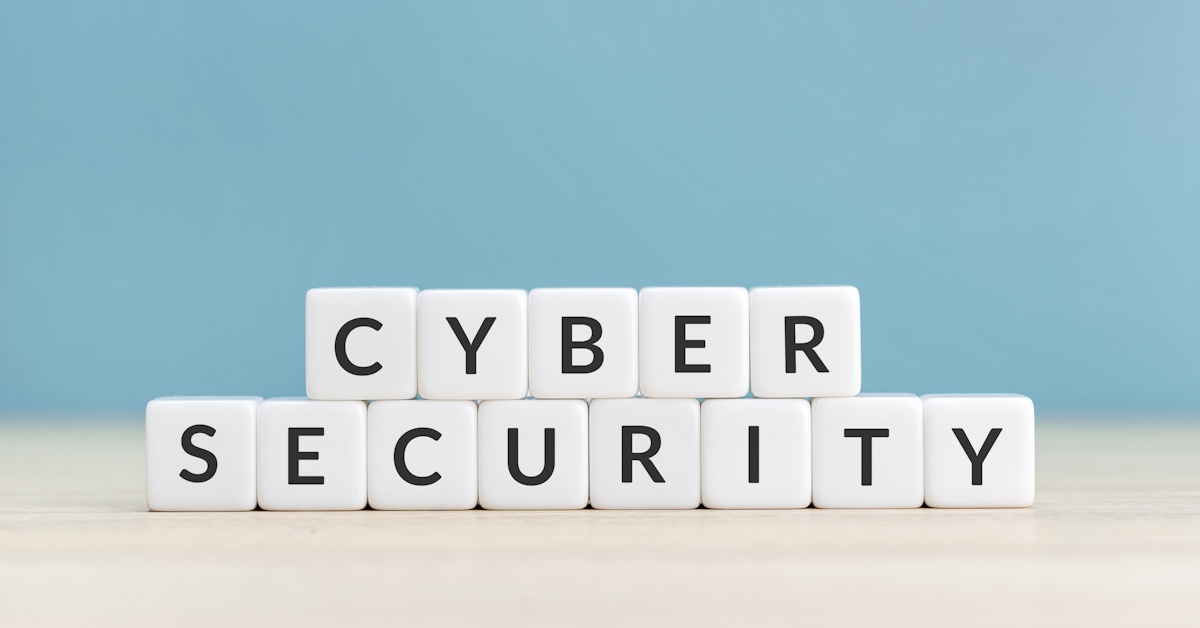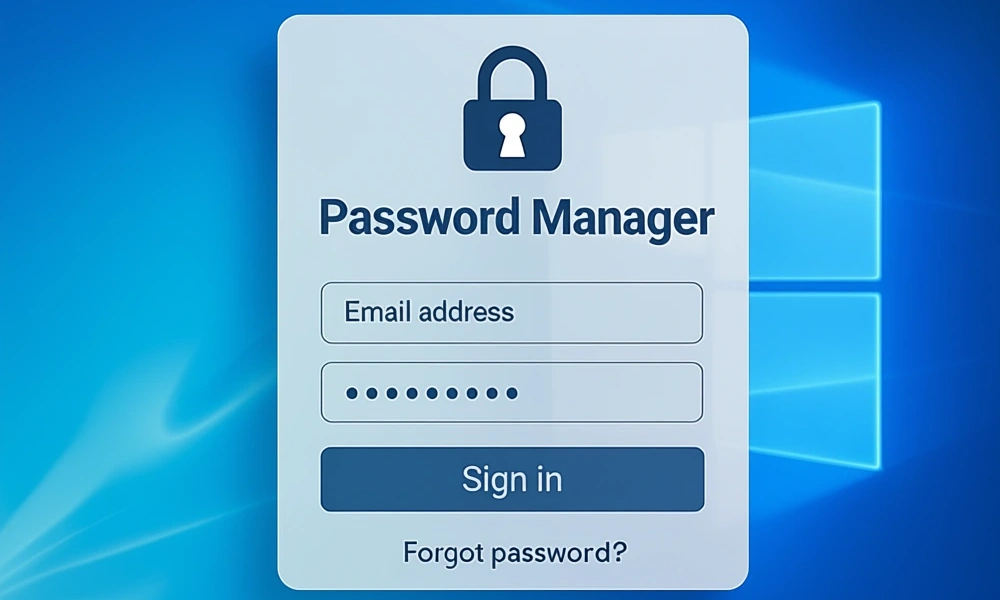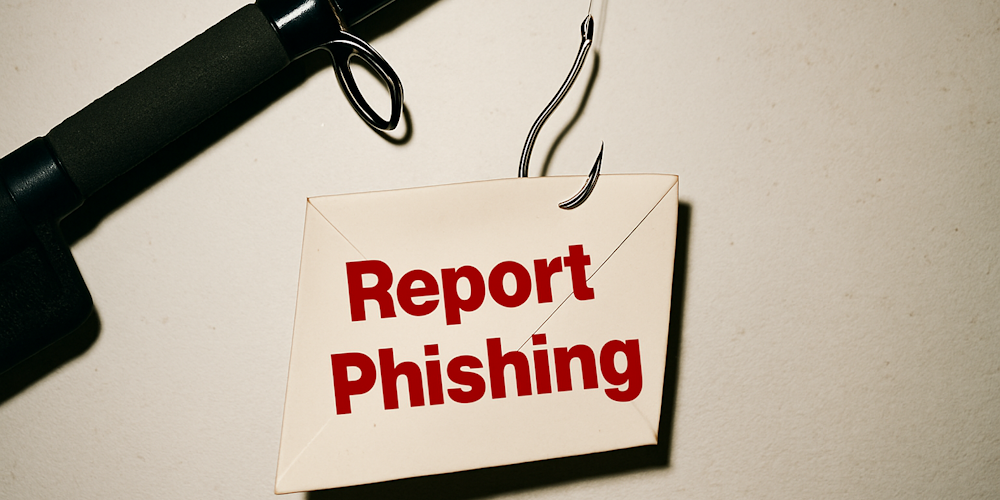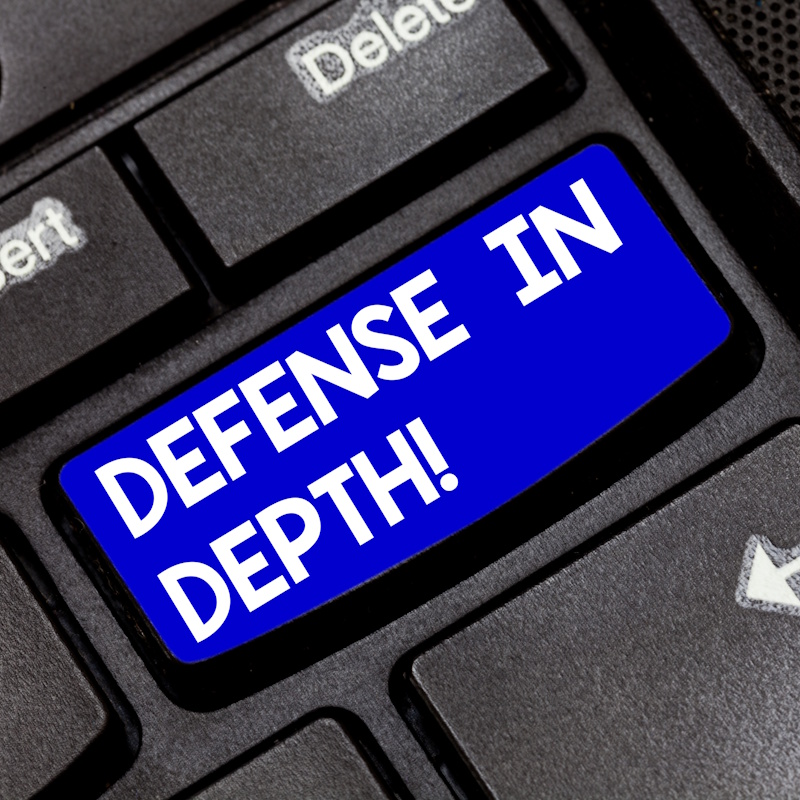Recent Posts
Categories
Stay Informed

As October ends, Cybersecurity Awareness Month 2025 officially wraps up. If you’re reading this and thinking, “I meant to do something about security this month but never got around to it,” you’re not alone. According to recent data, while awareness has increased, actual implementation of security measures remains frustratingly low among small businesses.
Here’s the reality: 43% of cyberattacks target small businesses, and 60% of those hit by a major breach close their doors within six months. With cybercrime projected to cost businesses $10.5 trillion in 2025 alone, waiting until next October isn’t an option.
The good news? You don’t need a month-long campaign to make meaningful progress. You just need to start. Today. Right now.
What You Missed (And Why It Still Matters)
This year’s Cybersecurity Awareness Month focused on the theme “Stay Safe Online” and emphasized four core actions that form the foundation of good security hygiene. But before we dive into those, let’s be honest about the threat landscape you’re facing right now.

The Current State of Cyber Threats
The attacks happening today aren’t the same ones we faced even a year ago. Cybercriminals have evolved, and their tools have become frighteningly sophisticated.
AI-Powered Attacks Are Mainstream
Attackers are now using artificial intelligence to create convincing phishing emails, generate deepfake videos and audio to impersonate executives, and develop malware that adapts in real-time. Deepfakes online surged by 550% between 2019 and 2023, with experts predicting 8 million deepfakes by the end of 2025. That voice message from your “CEO” requesting an urgent wire transfer? It might sound exactly like them—because AI made it that way.
Ransomware Isn’t Slowing Down
In Q1 2025 alone, ransomware victims increased by 213% compared to the previous year, with 2,314 victims listed across 74 different ransomware data leak sites. Ransomware demands increased by 140% in 2024, and the trend continues upward. For small businesses, the average cost of a successful attack is $120,000—a financial blow that most cannot absorb. Nearly one in five small businesses that suffer a cyberattack end up filing for bankruptcy or closing permanently.
Human Error Remains the Biggest Weakness
Here’s what keeps security professionals up at night: 88% of all cyber incidents are caused by human error. Not sophisticated hacking. Not zero-day exploits. Simple mistakes. Employees clicking on phishing links, using weak passwords, failing to update software, or falling for social engineering tactics account for most successful breaches.
Remote Work Creates New Vulnerabilities, 75% of small businesses with hybrid workforces have experienced a cyber incident. Home Wi-Fi networks lack the security of office networks, personal devices often lack proper controls, and remote workers are prime targets for social engineering attacks.
The “Core 4” Actions That Stop Most Attacks
The official Cybersecurity Awareness Month campaign centered on four fundamental actions that prevent the vast majority of cyberattacks. These aren’t complicated or expensive—they’re practical steps that everyone in your organization can implement immediately.

Use Strong Passwords and a Password Manager
23% of small businesses admit to using a pet’s name, series of numbers, or family member’s name as their password. Meanwhile, 80% of all hacking incidents involve compromised credentials. This disconnect is costing businesses everything.
What you need to do right now:
Implement a password manager this week! Tools like 1Password, LastPass, or Bitwarden generate and store complex, unique passwords for every account. Your employees only need to remember one master password with their Multi-Factor Authenticated access.
Establish these password requirements immediately:
- Minimum 16 characters (longer is better)
- Mix uppercase, lowercase, numbers, and symbols
- Unique password for every account—never reuse passwords
- Immediate password changes if a breach is suspected
Reality check: Password managers cost as little as $3-5 per user per month. That’s significantly less than recovering from a breach caused by “Password123.”

Enable Multi-Factor Authentication (MFA) Everywhere
Only 20% of small businesses have implemented multi-factor authentication. This is alarming because MFA blocks 99.9% of automated attacks. One simple step prevents virtually all automated credential-stuffing attacks.
What you need to do this week:
Turn on MFA for every account that offers it, starting with:
- Email accounts (Microsoft 365, Gmail, etc.)
- Financial and banking accounts
- Cloud storage (Dropbox, OneDrive, Google Drive)
- Social media accounts
- Any administrative or privileged access accounts
- VPN and remote access systems
Choose the right MFA method:
- Best: Hardware security keys (YubiKey, Titan)
- Good: Authenticator apps (Microsoft Authenticator, Google Authenticator, Authy)
- Acceptable: SMS codes (better than nothing, but vulnerable to SIM-swapping attacks)
- Avoid: Email-based codes (if email is compromised, MFA is useless)
No exceptions: Require MFA for any account that can access customer data, financial information, or administrative controls.

Recognize and Report Phishing
30% of small businesses identify phishing as their biggest cyber threat, yet employees often lack training to recognize sophisticated attempts. Phishing remains effective because it exploits human psychology rather than technical vulnerabilities.
What you need to do immediately:
Train employees to spot these red flags:
- Urgent requests for action (wire transfers, password resets, credential verification)
- Requests that bypass normal procedures
- Suspicious sender addresses that are slightly off (e.g., [email protected] instead of microsoft.com)
- Unexpected attachments or links, even from known contacts
- Requests for sensitive information via email
Create a culture of reporting this week:
- Establish a simple way for employees to report suspicious emails
- Never punish employees for reporting false positives, reward vigilance
- Share examples of actual phishing attempts targeting your industry
- Schedule monthly security awareness discussions/trainings
Implement these technical controls:
- Email filtering and anti-phishing tools
- Link-scanning technology
- Email authentication protocols (SPF, DKIM, DMARC)
- Automatic quarantine for suspicious attachments

Update Software Regularly
18% of small businesses don’t do regular software updates. Meanwhile, there are at least 23,900 known cybersecurity vulnerabilities that attackers actively exploit—most of which have patches available. Failing to update software is like ignoring a recall notice on your car’s brakes.
What you need to do before December:
Enable automatic updates for:
- Operating systems (Windows, macOS, Linux)
- Web browsers (Chrome, Firefox, Edge, Safari)
- Business applications (Microsoft 365, Adobe products, etc.)
- Security software (antivirus, endpoint protection, firewalls)
- Mobile devices and apps
- IoT devices (printers, routers, smart devices)
Create this update schedule:
- Critical security patches: Within 24-48 hours of release
- Regular software updates: Weekly or monthly
- Firmware updates for network equipment: Quarterly
- Review and retire unsupported software immediately

Lead from the Top (Starting Today)
Security culture starts with leadership. When executives and managers follow security policies, employees take them seriously. When leadership treats security as optional, the entire organization becomes vulnerable.
Leadership actions to take this week:
- Follow all security policies without exception (no “CEO exceptions”)
- Allocate budget for security tools and training in 2026 planning
- Make security a standing agenda item in team meetings
- Recognize employees who report security concerns
- Address security in year-end performance evaluations

When to Call in the Experts
Many small businesses lack resources for dedicated IT security. You don’t have to do this alone—and trying to might cost you more in the long run.
Consider a Managed Security Service Provider (MSSP)
If your business has limited IT resources, an MSSP can provide enterprise-grade security at a fraction of the cost of building an in-house team.
What MSSPs typically provide:
- 24/7 security monitoring and incident response
- Vulnerability scanning and patch management
- Security tool implementation and management
- Compliance assistance
- Regular security assessments
- Expert guidance and strategic planning
Cost reality: MSSPs typically cost less than hiring a single part-time security specialist—while providing broader expertise and round-the-clock coverage.

Resources You Can Use Right Now
You don’t have to figure this out alone. These free resources are available immediately:
Free Security Tools:
- Have I Been Pwned (haveibeenpwned.com): Check if your credentials have been compromised
- Qualys SSL Labs (ssllabs.com): Test your website’s SSL/TLS configuration
- MXToolbox (mxtoolbox.com): Check email security (SPF, DKIM, DMARC)
- Google Security Checkup: Review security of Google Workspace accounts
Education and Training:
- NIST Cybersecurity Framework: Free framework for improving security posture
- CISA Resources (cisa.gov): Free toolkits, training materials, and guidelines
- KnowBe4 Free Security Training: Basic security awareness training
- SANS Security Awareness: Free resources and newsletters
The Bottom Line: October Ended, But Security Doesn’t
If you don’t get around to improving your security during Cybersecurity Awareness Month, it’s not too late. Most small business owners didn’t either and that’s precisely the problem.
Here’s what you need to remember:
The threats are real and growing: 43% of cyberattacks target small businesses, ransomware increased 213% in Q1 2025, and 60% of breached small businesses close within six months.
The Core 4 actions prevent most attacks: Strong passwords, MFA, phishing awareness, and software updates stop most threats. These aren’t optional nice-to-haves—they’re essential business protections.
Human error causes 88% of incidents: Training and culture matter more than expensive technology. Your people are either your strongest defense or your weakest link.
Inaction is a choice with consequences: Every day you delay implementing basic security measures is another day your business remains vulnerable. The question isn’t if you’ll be targeted, it’s when.
Small actions compound into big protection: You don’t need to do everything at once. Start with one thing today. Do the next thing tomorrow. By year-end, you’ll have dramatically improved your security posture.
Start Today!
Choose one action from this article right now. Not tomorrow. Not next week. Right now.
Maybe it’s implementing a password manager. Maybe it’s enabling MFA on your email. Maybe it’s scheduling security training for your team. Whatever it is, do that one thing before you close this article.
Then tomorrow, do the next thing. And the day after that, do another.
By the time next October rolls around and Cybersecurity Awareness Month returns, you won’t be reading articles about what you should be doing. You’ll be the business that’s already doing it, protected, prepared, and resilient against whatever threats come your way.
Need help implementing these security measures before year-end? ISOCNET can help.
As a trusted IT and cybersecurity partner, ISOCNET helps small and medium-sized businesses implement practical, affordable security solutions without complexity. We understand that you’re busy running your business—let us handle the technical details.
We can help you:
- Conduct rapid security assessments to identify your biggest vulnerabilities
- Implement Core 4 and additional security controls before January
- Provide ongoing security monitoring and management
- Train your team in security best practices with practical, engaging sessions
- Develop incident response and business continuity plans
- Navigate cyber insurance requirements and improve your coverage options
- Create a realistic, budget-conscious security roadmap for 2026
Don’t let another month pass without proper security protections. Contact ISOCNET today for a complimentary year-end security consultation.
Let’s work together to end 2025 strongly and start 2026 with the security your business deserves. October may be over, but your security journey is just beginning—and we’re here to guide you every step of the way.



